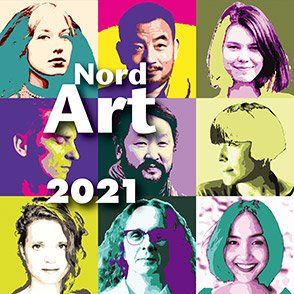NordArt International Art Exhibition
2022 SPECIAL PROJECT MONGOLIA
Mongolian Pavilion “Intervening Spaces”
2021NordArt
at the Kunstwerk Carlshütte
The country focus of NordArt 2021 is Ukraine. The patronage has been taken over by the Ukrainian Ambassador to Germany H.E. Dr. Andrij Melnyk.
- SELECTED MONGOLIAN ARTISTS
SELECTED MONGOLIAN ARTISTS:
Ochirbold Ayurzana, NordArt2019 Prize
Duulal Damdin
Enkhnomin Khundmaa
2019 SPECIAL PROJECT MONGOLIA
Mongolian Pavilion “In der Welt Sein (Being-in-the-world): Encountering Sublimity”
- COORDINATION & MANAGEMENT TEAM
Coordination & Management Team
of the Mongolian Pavilion III at the NordArt 2019
Team in Germany:
Oyuntuya Oyunjargal Head of Project
Bolor-Erdene Narankhuu Public Relation
Siilen Baatar Attachée, Embassy of Mongolia to the Federal Republic of Germany
Team in Ulaanbaatar:
Sukhzorig Bayansan Coordination
Zultsetseg Oyunjargal Management
Khurelshagai Selenge Media
Uulensolongo Erdentsetseg Assistance
Team Ministry of Foreign Affairs, Mongolia
Mandakhtsetseg Khatanbaatar
Director, Department of the Public Diplomacy and Cultural Cooperation, MFA
Jargal Enkhbat
Desk officer, Department of the Public Diplomacy and Cultural Cooperation, MFA
- CURATORS & ARTISTS
NordArt 2019:
Special Project: “In der Welt sein: Encountering Sublimity” Mongolian Pavilion
Curators:
Oyuntuya Oyunjargal
Bodibaatar Jigjidsuren
Selected Artists:
AMARSANAA Lkhagva
BADRAL Bold
BATJIN Boldbaatar
BATTUR Tsedenpil
BOLORMAA Algaa
BULGANTUYA Dechindorj
DAGVADORJ Sereeter
DULGUUN Dagvadorj
DAVAASAMBUU Tumennast
ENKHTAIVAN Ochirbat
GAN-ERDENE Tsend
GANBAT Purev
GANKHUYAG Lkhamsuren
JAVKHLAN Ariunbold
KHALIUNAA Erdenekhuu
NAMUUN Batmunkh
NYAM-OCHIR Oyunpurev
OCHIRBOLD Ayurzana (NordArt2015 Prize – Public Choice Award)
ODMAA Uranchimeg
SARANTSATSRALT Ser-Od
TAMIR Samandbadraa
TUVSHINJRAGAL Jambal
ZHIGZHIT Bayasgalanov
- PARTNERS & SUPPORTERS
NordArt2019:
Special Project: “In der Welt sein: Encountering Sublimity” Mongolian Pavilion
Main Organizer:
Initiator & Official Partner:
Arts & Media Project Management & Consulting NGO
Official partner:
Embassy of Mongolia in the Federal Republic of Germany
Cultural Envoy of Mongolia to the Federal Republic of Germany
Cooperation partner:
Ministry of Foreign Affairs, Mongolia
Ministry of Education, Culture, Science and Sports of Mongolia
Media Partner:
Supporter:
Mongolian National Chamber of Commerce & Industry
Borjin Suvarga LLC
5th Anniversary of Cooperation with NordArt
- COORDINATION & MANAGEMENT TEAM
xxx
- CURATORS & ARTISTS
- PARTNERS & SUPPORTERS
Nord Art International Art Exhibition 2017 / 2018 / 2020
- SELECTED MONGOLIAN ARTISTS
NORDART 2017
Selected Artists:
OCHIRBOLD Ayurzana (NordArt2015 Prize–Public Choice Award)
NORDART 2018
Selected Artists:
OCHIRBOLD Ayurzana (NordArt2015 Prize–Public Choice Award)
PUREV Dolgorjav
Women for Change
2016 Mongolian Pavilion
Tradition and Modern Age
- COORDINATION & MANAGEMENT TEAM
Coordination & Management Team
of the Mongolian Pavilion II at the NordArt 2016
Team in Germany:
Oyuntuya Oyunjargal Head of Project
Munkhbaatar Davaasambuu 1st Secretary, Embassy of Mongolia in Berlin
Team in Ulaanbaatar:
Sukhzorig Bayansan Coordination
Zultsetseg Oyunjargal Management
Khurelshagai Selenge Media
Team Ministry of Foreign Affairs, Mongolia
Mandakhtsetseg Khatanbaatar Director, Department of Public Diplomacy, MFA
Bilegzaya Bat-Erdene Attaché, Department of Public Diplomacy, MFA
- CURATORS & ARTISTS
NORDART 2016:
Special Project: “Tradition and Modern Age” Mongolian Pavilion
Curators:
Oyuntuya Oyunjargal
Bodibaatar Jigjidsuren
Selected Artists:
NordArt2015 Prize – Public Choice Award:
OCHIRBOLD Ayurzana
AMARSAIKHAN Namsraijav
AMARSANAA Lkhagva
ANUnaran Jargalsaikhan
BATTUR Tsedenpil
BATZORIG Dugarsuren “Bazo”
BULGANTUYA Dechindorj
CHADRAABAL Adiyabazar
ENKHTAIVAN Ochirbat
Ganbold Lamjav
GAN-ERDENE Tsend
GANKHUYAG Lkhamsuren
KHUKH ZEV Artist collective: BAZARSAD Lkhagva, ENKHCHULUUN Batbayar, MUNKHJARGAL Jargalsaikhan
NOMIN Bold
URANBERKH Magsarmaa
- PARTNERS & SUPPORTERS
NORDART 2016:
Special Project: “Tradition and Modern Age” Mongolian Pavilion
Main Organizer:
Initiator & Partner:
Arts & Media Project Management & Consulting NGO
Official partner:
Embassy of Mongolia in the Federal Republic of Germany
Cooperation partner:
Ministry of Foreign Affairs, Mongolia
Ministry of Education, Culture and Science, Mongolia
Supporter:
“Ard Daatgal” Insurance company
Embassy of Federal Republic of Germany in Mongolia
Mongolisch-Deutscher Wirtschaftsklub e.V
Media partner:
2015 Country Focus–Mongolia
Modern Transformations – New Identities
- COORDINATION & MANAGEMENT TEAM
Coordination & Management Team
of the Mongolian Pavilion I at the NordArt 2015
Team in Germany:
Oyuntuya Oyunjargal Head of Project
Elisabeth Friedrich Communication
Sofia Lisiza Assistance
Munkhbaatar Davaasambuu 1st Secretary, Embassy of Mongolia in Berlin
Team in Ulaanbaatar:
Sukhzorig Bayansan Coordination
Zultsetseg Oyunjargal Management
Khurelshagai Selenge Media
Team Ministry of Foreign Affairs, Mongolia
Mandakhtsetseg Khatanbaatar Director, Department of Public Diplomacy, MFA
Bilegzaya Bat-Erdene Attaché, Department of Public Diplomacy, MFA
- CURATORS & ARTISTS
NORDART 2015:
FOCUS COUNTRY: Mongolia
“Modern Transformations – New Identities” Mongolian Pavilion
Curators of the Mongolian Pavilion:
Wolfgang Gramm
Oyuntuya Oyunjargal
Bodibaatar Jigjidsuren
Selected Artists:
AMARSAIKHAN Namsraijav
BAATARZORIG Batjargal
BADRAL Bold
BATKHOLBOO Dugarsuren
BATZORIG Dugarsuren “Bazo”
BATZORIG Chimeddorj
BAYARMAGNAI Avirmed
BOLD Dolgorjav
BOLDBAATAR Sandag
BULGANTUYA Dechindorj
DORJDEREM Davaa
DAGVADORJ Sereeter
DORJJIGJID Sanjaadorj
ENKHZAYA Erdenebileg
GAN-ERDENE Tsend
GANBOLD Lamjav
GANKHUYAG Lkhamsuren
GANTULGA Jargalnasan
GERELKHUU Ganbold
JAAKHANKHUU Grisha
LKHAGVADORJ Enkhbat
NAMUUN Batmunkh
NARBAYASGALAN Ulambayar
OCHIRBOLD Ayurzana
ORKHONTUUL Banzragch
OTGONBAYAR (OTGO) Ershuu
Oyunchimeg Yadamsuren
PUREV Dolgorjav
TAMIR-SAMBANDBADRAA Purev
TSOGTSAIKHAN Mijid
TUGULDUR Yondonjamts
URANBERKH Magsarmaa
UUGANBAYAR Kherlen
UYANGA Zorigt
- PARTNERS & SUPPORTERS
NORDART2015:
FOCUS COUNTRY: Mongolia
“Modern Transformations – New Identities” Mongolian Pavillion
Main Organizer:
The Mongolian Pavilion is under the patronage of:
Ministry of Education, Culture and Science Mongolia
Initiator & Partner:
Arts & Media Project Management & Consulting NGO
Official Partner:
Embassy of Mongolia in the Federal Republic of Germany
Cooperation Partners:
Institute for Arts & Media Management, Freie Universitaet Berlin
Ministry of Foreign Affairs, Mongolia
Media partner:
Supporter:
“Ard Daatgal” insurance company
Embassy of Federal Republic of Germany in Mongolia
Mongolian National Chamber of Commerce & Industry
Mongolisch-Deutscher Wirtschaftsklub e.V
Reinberg Meyer von Breust Rechtsanwaelte und Steuerberater LLP Hamburg
“Ulaanbaatar Railway” joint stock company, Mongolia
Special thanks for:
Dr.Gunnar Enghusen
Dulguun Batbold
Enkhtuvshin Dashtseren
Enkhmandakh Sukhbat
Enkhtsetseg Dalkhaa
Oyun-Enkh Oyunjargal
Sunjidmaa Davaasuren
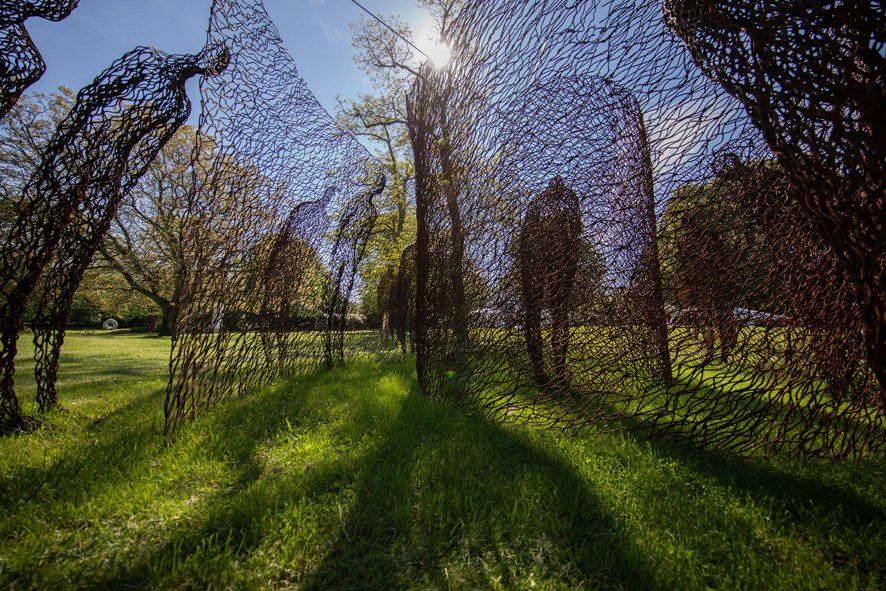
Bildtitel
Untertitel hier einfügenButton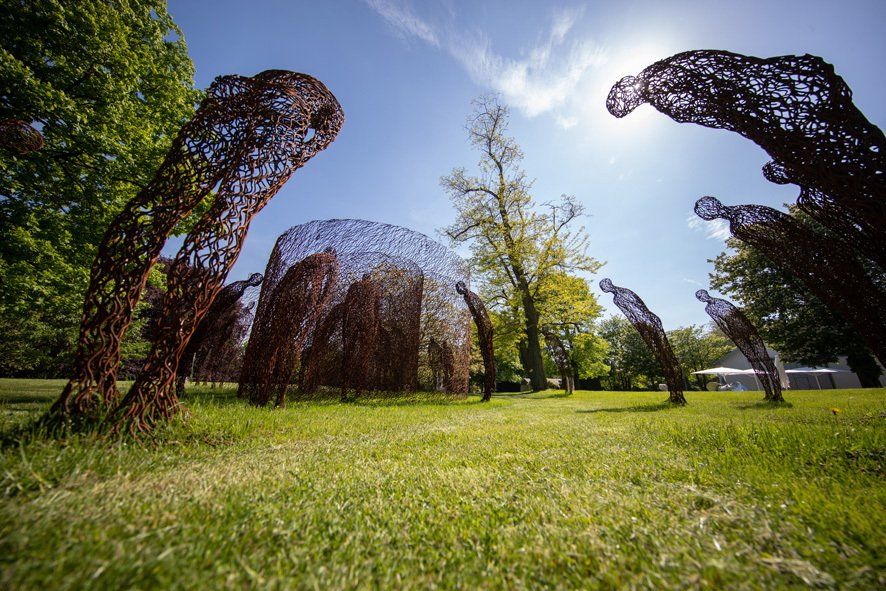
Bildtitel
Untertitel hier einfügenButton
Bildtitel
Untertitel hier einfügenButton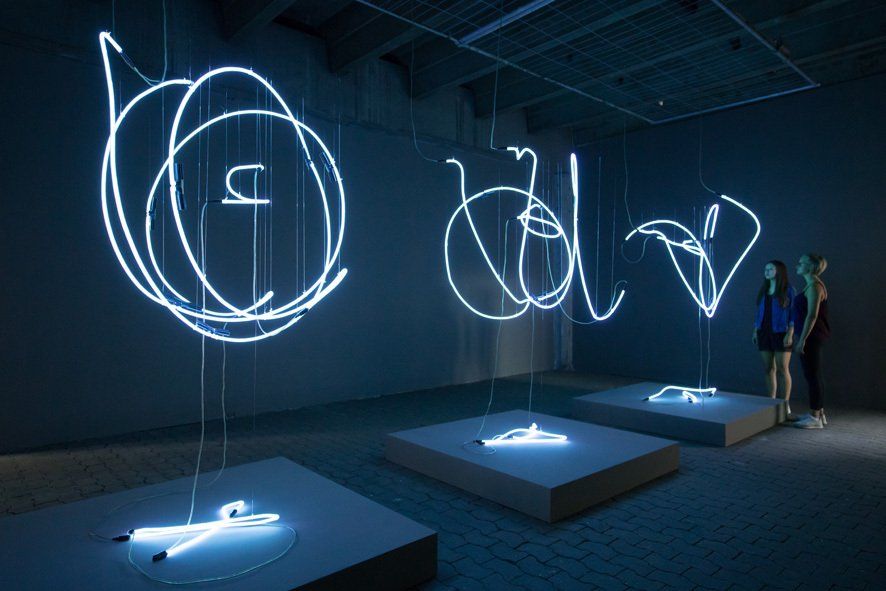
Bildtitel
Untertitel hier einfügenButton
Bildtitel
Untertitel hier einfügenButton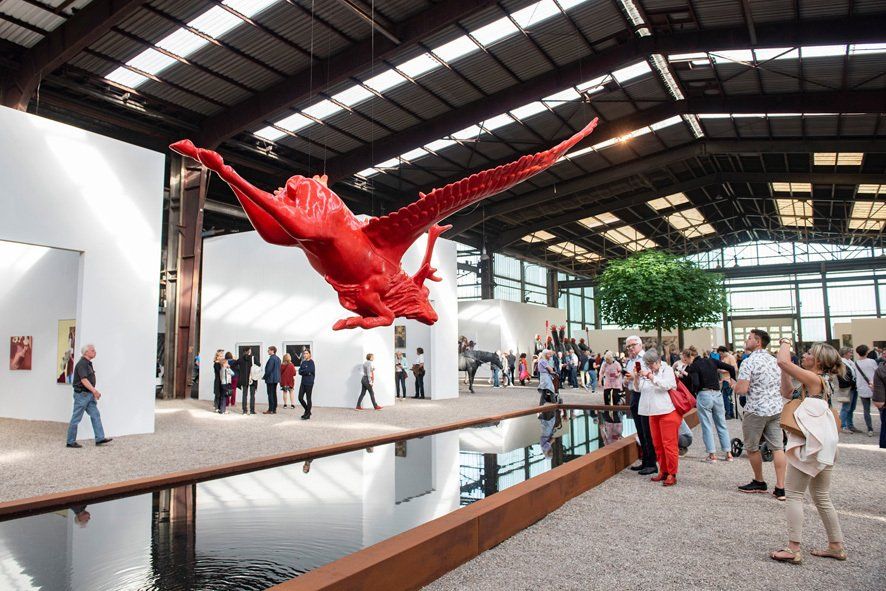
Bildtitel
Untertitel hier einfügenButton
Bildtitel
Untertitel hier einfügenButton
NordArt photo by Wohlfromm

Bildtitel
Untertitel hier einfügenButton
Bildtitel
Untertitel hier einfügenButton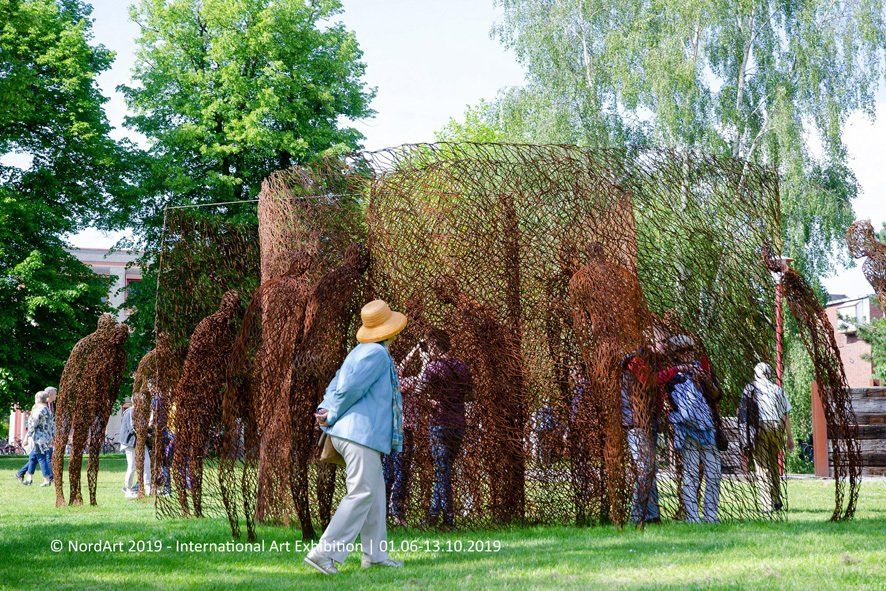
Bildtitel
Untertitel hier einfügenButton
Bildtitel
Untertitel hier einfügenButton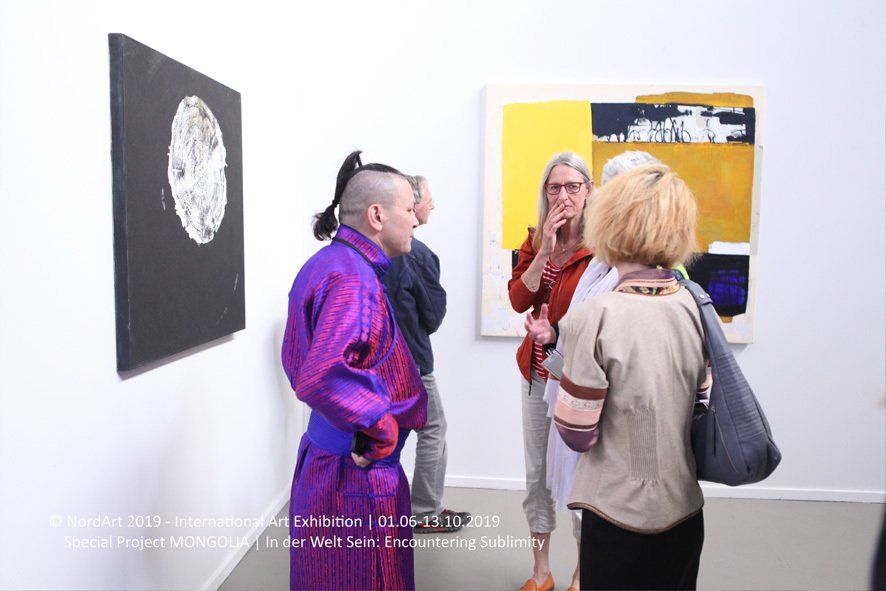
Bildtitel
Untertitel hier einfügenButton
Bildtitel
Untertitel hier einfügenButton
Bildtitel
Untertitel hier einfügenButton
Bildtitel
Untertitel hier einfügenButton
NordArt photos by Wohlfromm | AMPMC NGO photos by Sukhzorig Bayansan

Bildtitel
Untertitel hier einfügenButton
Bildtitel
Untertitel hier einfügenButton
Bildtitel
Untertitel hier einfügenButton
Bildtitel
Untertitel hier einfügenButton
Bildtitel
Untertitel hier einfügenButton
Bildtitel
Untertitel hier einfügenButton
Bildtitel
Untertitel hier einfügenButton
Bildtitel
Untertitel hier einfügenButton
AMPMC NGO

Bildtitel
Untertitel hier einfügenButtonBildtitel
Untertitel hier einfügenButton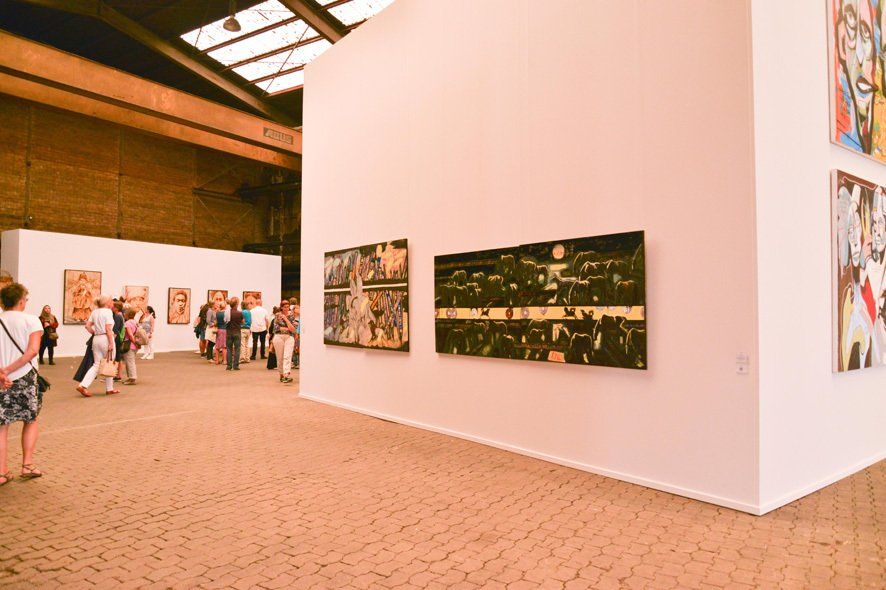
Bildtitel
Untertitel hier einfügenButton
Bildtitel
Untertitel hier einfügenButton
Bildtitel
Untertitel hier einfügenButton
Bildtitel
Untertitel hier einfügenButton
Bildtitel
Untertitel hier einfügenButton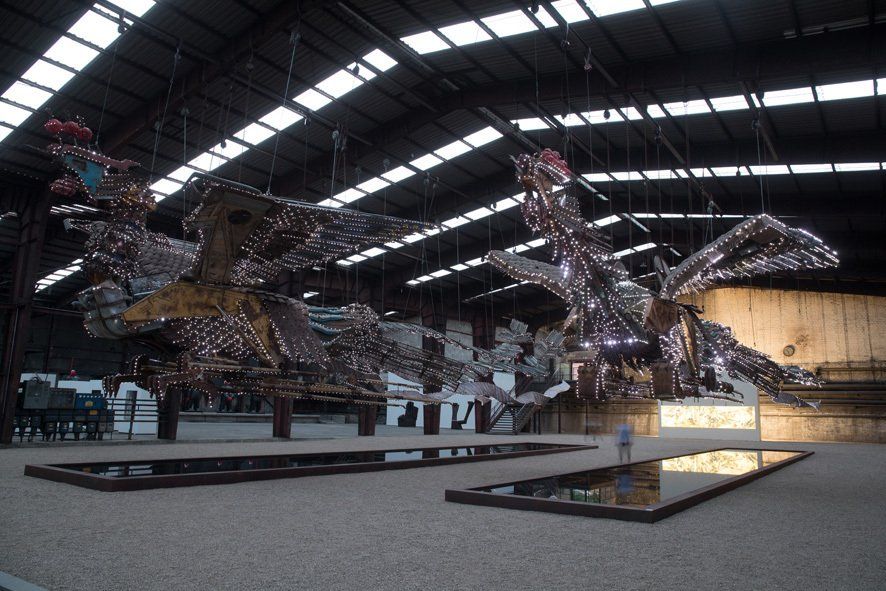
Bildtitel
Untertitel hier einfügenButton
Bildtitel
Untertitel hier einfügenButton
NordArt photos by Wohlfromm

Bildtitel
Untertitel hier einfügenButton
Bildtitel
Untertitel hier einfügenButton
Bildtitel
Untertitel hier einfügenButton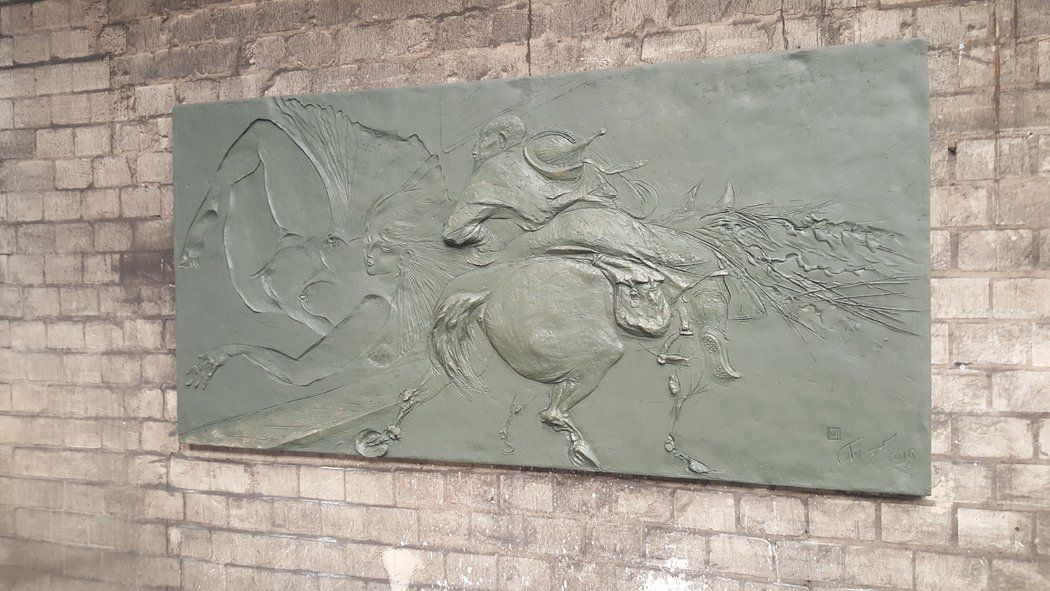
Bildtitel
Untertitel hier einfügenButton
Bildtitel
Untertitel hier einfügenButton
Bildtitel
Untertitel hier einfügenButton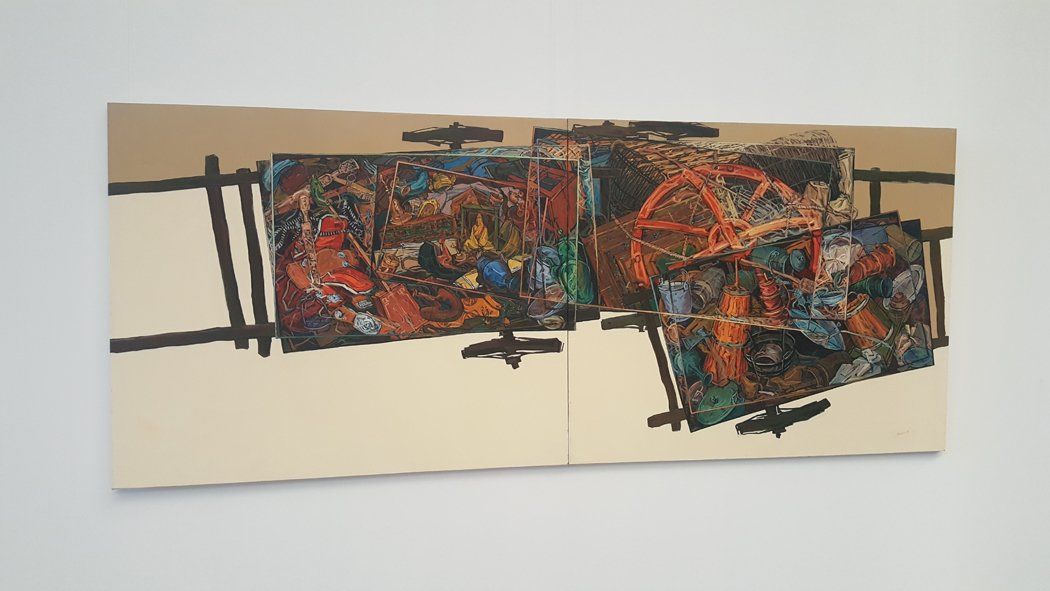
Bildtitel
Untertitel hier einfügenButton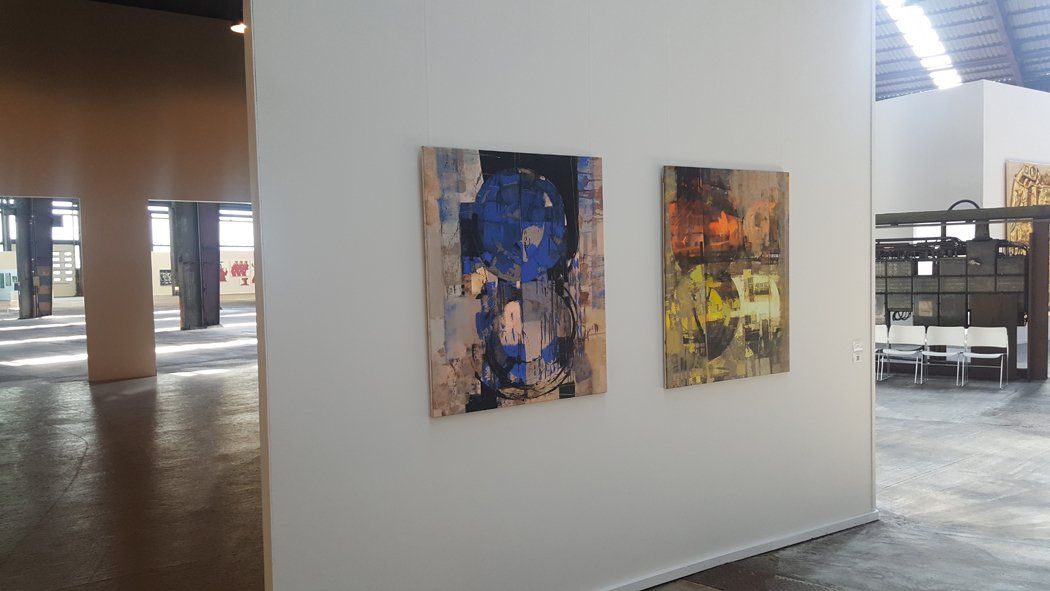
Bildtitel
Untertitel hier einfügenButton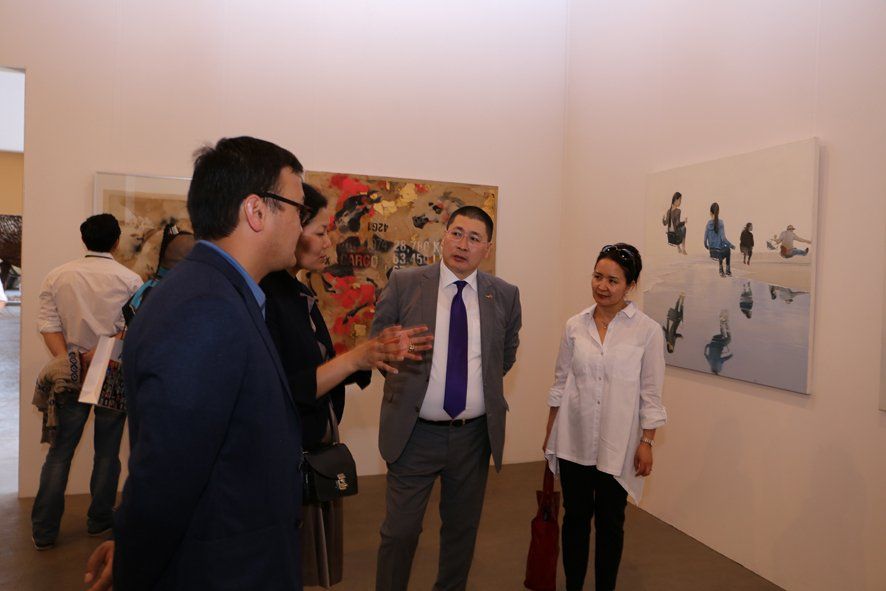
Bildtitel
Untertitel hier einfügenButton
Bildtitel
Untertitel hier einfügenButton
NordArt photos by Wohlfromm | AMPMC NGO photos by Sukhzorig Bayansan

Bildtitel
Untertitel hier einfügenButtonBildtitel
Untertitel hier einfügenButton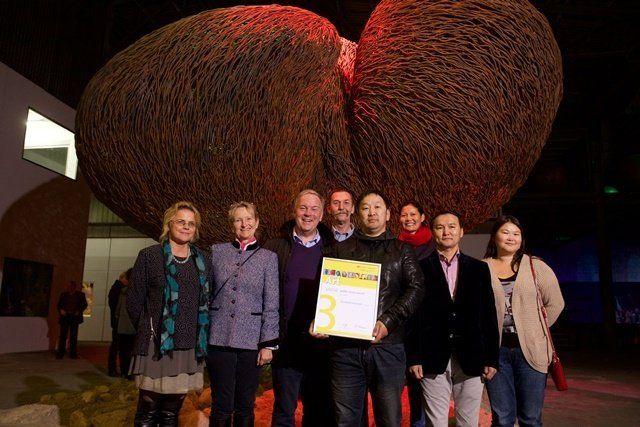
Bildtitel
Untertitel hier einfügenButtonBildtitel
Untertitel hier einfügenButtonBildtitel
Untertitel hier einfügenButtonBildtitel
Untertitel hier einfügenButtonBildtitel
Untertitel hier einfügenButton
Bildtitel
Untertitel hier einfügenButton
NordArt photos by Wohlfromm | AMPMC NGO photos by Sukhzorig Bayansan
| All Rights Reserved | AMPMC NGO




